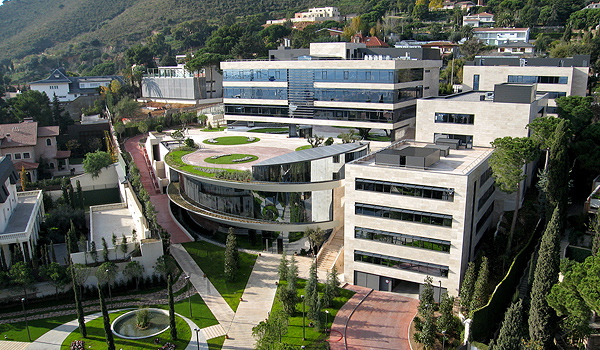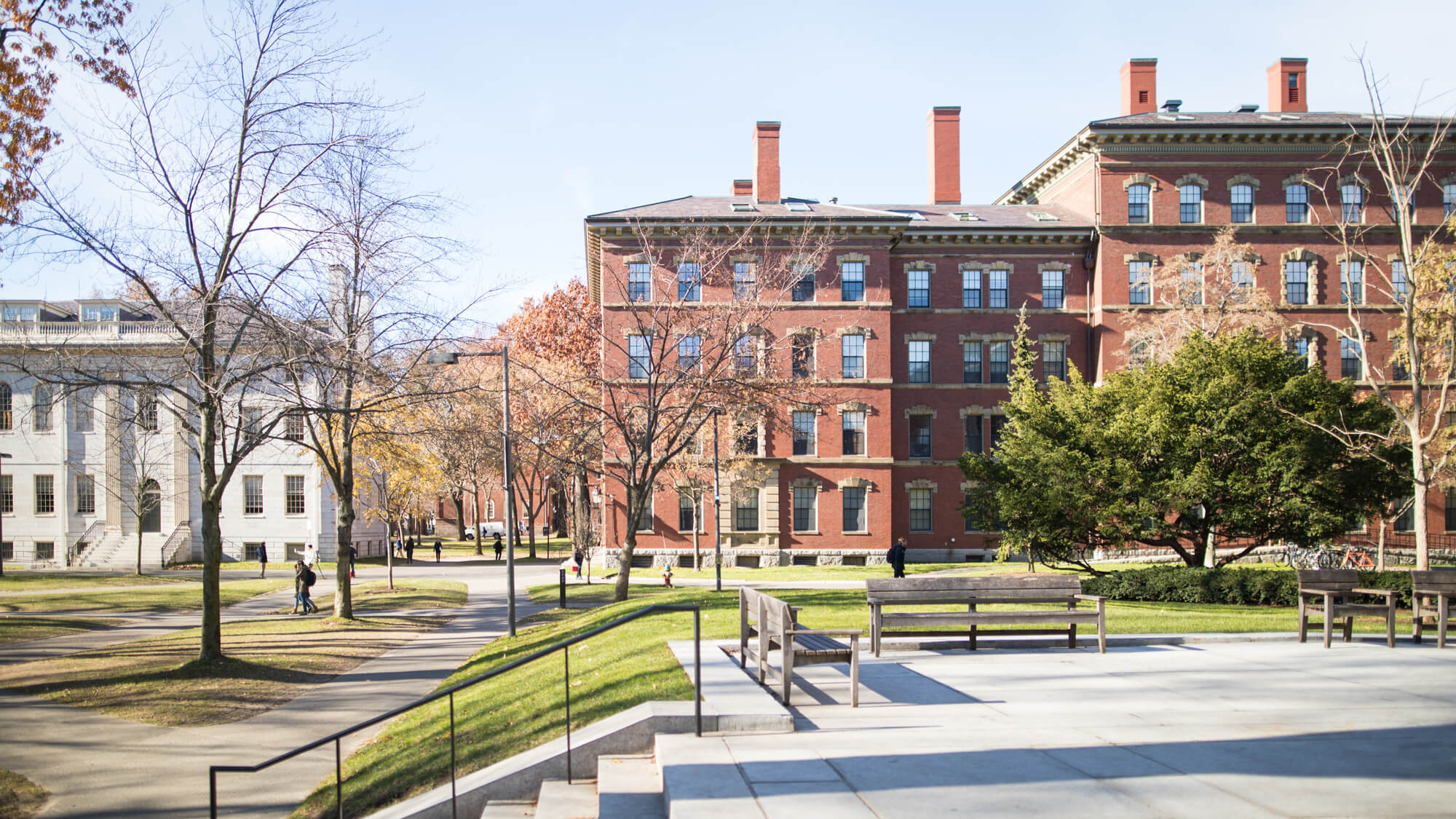The Insider’s Guide to IESE
December 11, 2019 :: Admissionado Team

Good to have you back, joining us on our journey across the pond to look at the best of the best European MBA programs. We already took a gander at the ins and outs of INSEAD, and today we’re gonna turn our sites to Spain. So let’s dig into IESE, one of the top three Spanish business schools, and, according to the Financial Times, one of the top 10 schools in Europe.
The What
IESE offers a world-class program on two Campuses in Spain’s two largest and most business-friendly cities – Madrid (for the EMBA programs) and Barcelona.
Although IESE had a very diverse and mobile student body – much like most programs in Europe – in many ways the program is quite different from most European MBAs, and actually more closely resembles the typical US MBA programs.
- First of all, the average age for IESE students is 28, which is considerably younger than most other European MBA programs that have an average age of 30+.
- Secondly, unlike most other top European schools that offer 1-year programs, IESE’s MBA programs is 19 months.
IESE is also less industry oriented than many Euro MBAs, and far stronger in the two traditional industries of recruitment for MBA grads – Finance and Consulting, with about half the graduating class going into these two business mainstays. IESE is also the only place you can get a Harvard education outside of Harvard, as they use the Harvard case-study method as their study method of choice.
Notable for its Spanish location, IESE is one of the few schools in Europe that has excellent connections with Latin America, and in the last graduating class 12% of the class went on to find jobs in Latin America.
The Who
IESE’s grads are a mighty diverse bunch. They come, like in many European programs, from….well… EVERYWHERE. Case in point: more than 80% of the class of 280 students came from places OUTSIDE of Spain. And given its connection with Latin America, a far larger portion (between 10-15% in recent years) of the student body come from that part of the world.
That’s some serious diversity, folks.
The How – Tips for Getting In
Besides the good old recipe for success of great GMAT + fantastic GPA at a great school + strong work experience, IESE is building a name for itself in the area of Entrepreneurship. So it is a particularly good destination for candidates who either come from or intend to go into entrepreneurship (family business counts too!).
Also, given that the school is an initiative of the Catholic Church’s Opus Dei, it should come as no surprise that IESE considers ethics to be a fundamental part of the business school studies and experience. So if you can work that into your overall profile in some way, that’s gonna help you show your fit with IESE in a very strong (and organic!) way.
IESE also likes students who are well-rounded, who have lives and interests that extend beyond their work experience. What instruments can you play? Were you ever a pro sports player? Are you impassioned for the art of Goya? Show a bit of general culture and diversity and it can go a long way.
Leadership, and especially international leadership is also highly regarded, although not a necessary prerequisite like it might be at schools like INSEAD, LBS, etc.
Bottom Line
Although it doesn’t yet have the same prestige, make no mistake: IESE is one of the best schools in Europe, playing in the same field as INSEAD and LBS. IESE grads are talking to the same recruiters, and making the same salaries as grads from those more well-known programs! And besides its general strength as an international MBA program, it is especially good for those who intend to work in Europe or South America after their studies, and who want to have that extra time to really make the most of business school.



